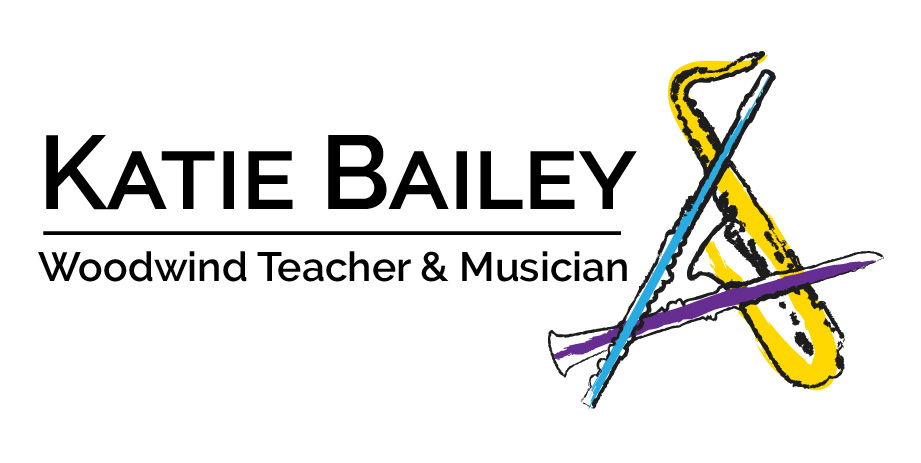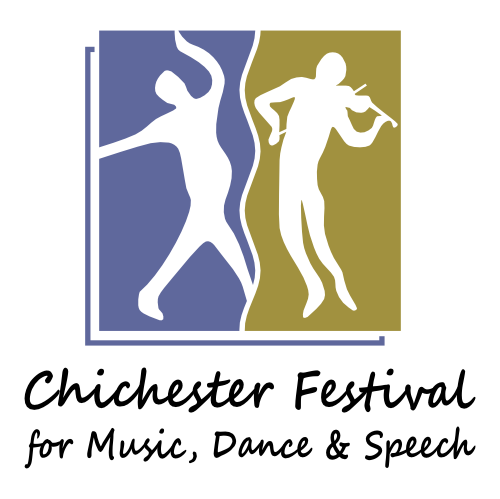Aural in practice: Visualising music
Surprisingly, the skills developed by aural activities are actually highly relevant to sight-reading. While most people think of reading piano music as a two-part process - identifying the notes and finding them on the piano - there is actually a hidden step in between that links the two: hearing what needs to be played.
When was the last time you got a tune stuck in your head? For me, it was Grieg's Wedding Day at Troldhaugen, which has been circulating around my head continuously since I played it last week. Here's a performance of it for you to enjoy, simply because it is a joyous little piece that can be appreciated by everyone:
Although it is the main theme that keeps returning to me I often try to play the whole piece back to myself in my head. If you try and do this with a piece you are playing you will find it can be surprisingly difficult. How much of it can you recall before it goes foggy? In how much detail can you render a performance in your head? Can you imagine yourself playing it as you hear it?
“When I visualise a piece, I find that the parts where I would usually make a mistake I am unable to render in my head. By slowing the visualisation down, however, these parts become easier to play.”
If you can picture yourself playing a piece as you hear it then you are practising it in an entirely different fashion. For the purpose of this text, I shall refer to mentally playing through a piece as "visualising", a term that has proved popular in describing this action for generations of pianists.
When I visualise a piece, I find that the parts where I would usually make a mistake I am unable to render in my head. By slowing the visualisation down, however, these parts become easier to play.
Two notable pianists - Karl Leimar and Water Gieseking - co-authored a book together named Piano Technique, a collection of two volumes consisting of Leimar's approach to piano performance and pedagogy (he was Gieseking's teacher for five years). Much of what he writes concerns the technique of visualisation. Leimar describes how one can use visualisation to render an entire piece without previously having played or seen the music before. Gieseking was a master of this technique; he was quite possibly the most renowned sight-reader of his generation.
Much of what is written in these volumes concern the so-called "inner ear" and the training of it. In a practical sense, the inner ear is the mind's ability to anticipate firstly the music and secondly the sound that is about to be made on an instrument. When functioning at full capacity, the inner ear is not only able to visualise the music perfectly, but also direct the body to realise the visualisation.
aURAL tESTS
An understanding of the above illuminates the relevance of aural tests in exams. Like all exam subjects, the aural test is merely a snapshot of a much deeper world.
It is entirely possible to achieve full marks on an aural test without any wider understanding of the applications of the tests. This is largely a result of the fact that most students only study aural in the weeks leading up to an exam, after which the subject is set aside until it is next required.
Aural should be thought of more of a sense than a skill; with this idea in mind it is useful to refer back to the image of an "inner ear". The elements of the aural tests in exams are designed to hone this sense to the point where it is as keen as our ability to see or smell. Being able to hear an interval in our heads, spot small differences in similar musical passages, anticipate changes in metre and rhythm and pick out notes from chords are just some of the skills that come together to train the inner ear to its optimum functionality.
“When functioning at full capacity, the inner ear is not only able to visualise the music perfectly, but also direct the body to realise the visualisation.”










